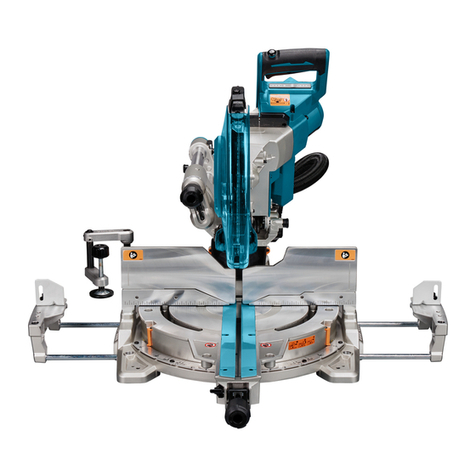Makita LS0816F User manual
Other Makita Saw manuals
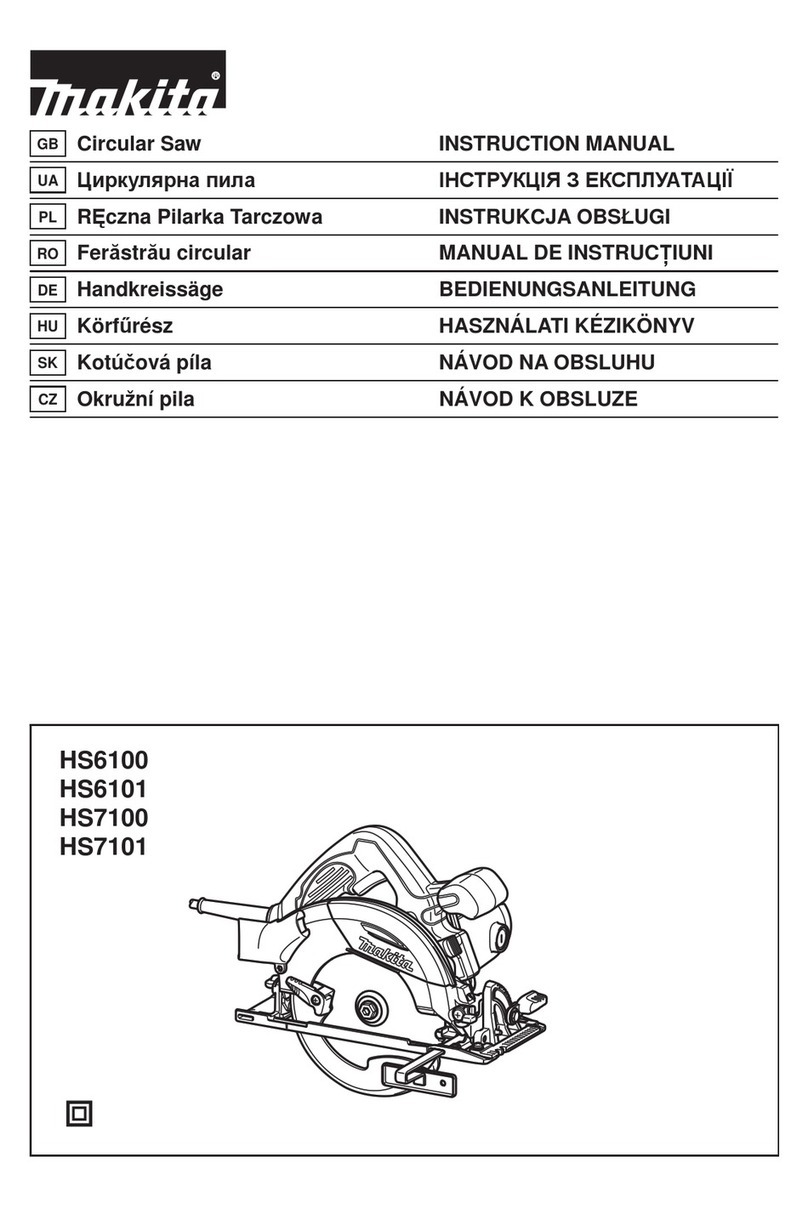
Makita
Makita HS6100 User manual

Makita
Makita JR3000VT User manual

Makita
Makita DLS111ZU User manual
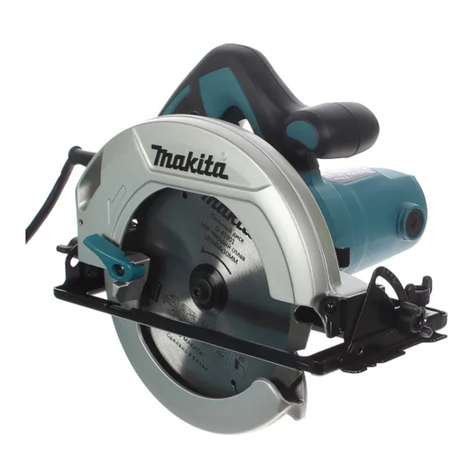
Makita
Makita HS7000 User manual
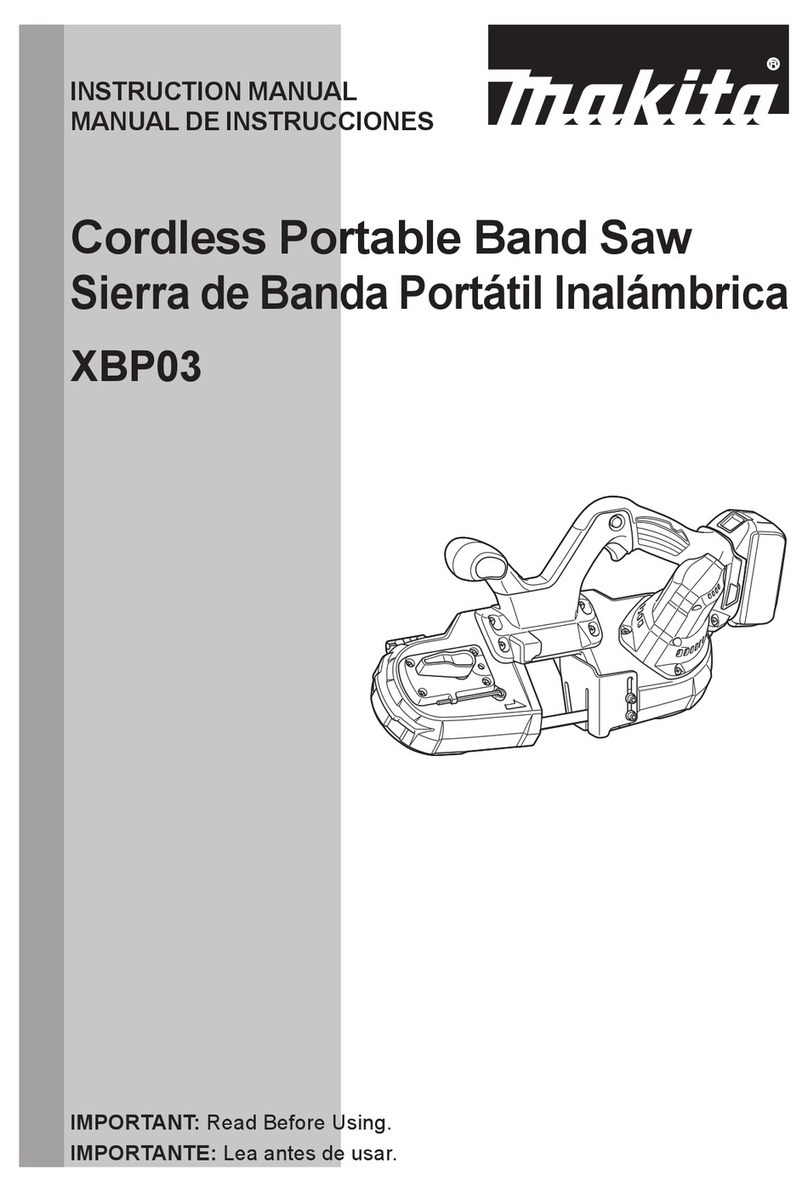
Makita
Makita XBP03 User manual

Makita
Makita LS1020 User manual
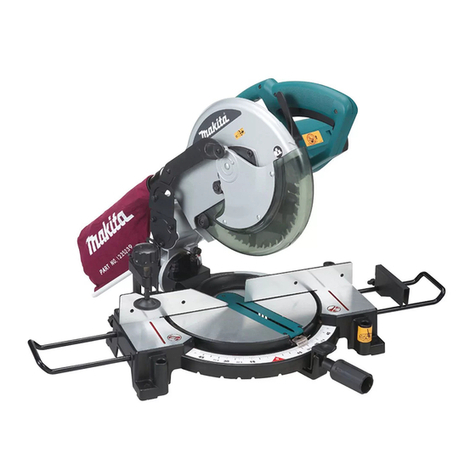
Makita
Makita MLS100 User manual
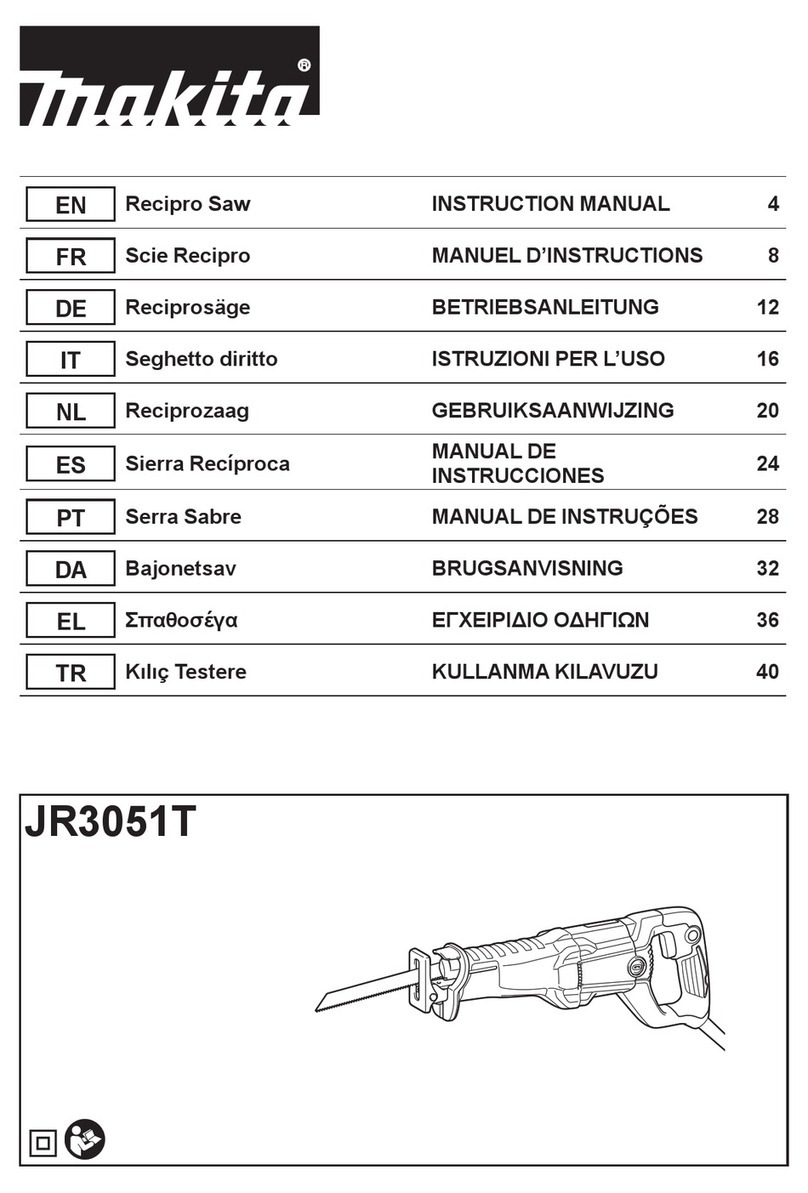
Makita
Makita JR3051T User manual

Makita
Makita HS004G User manual
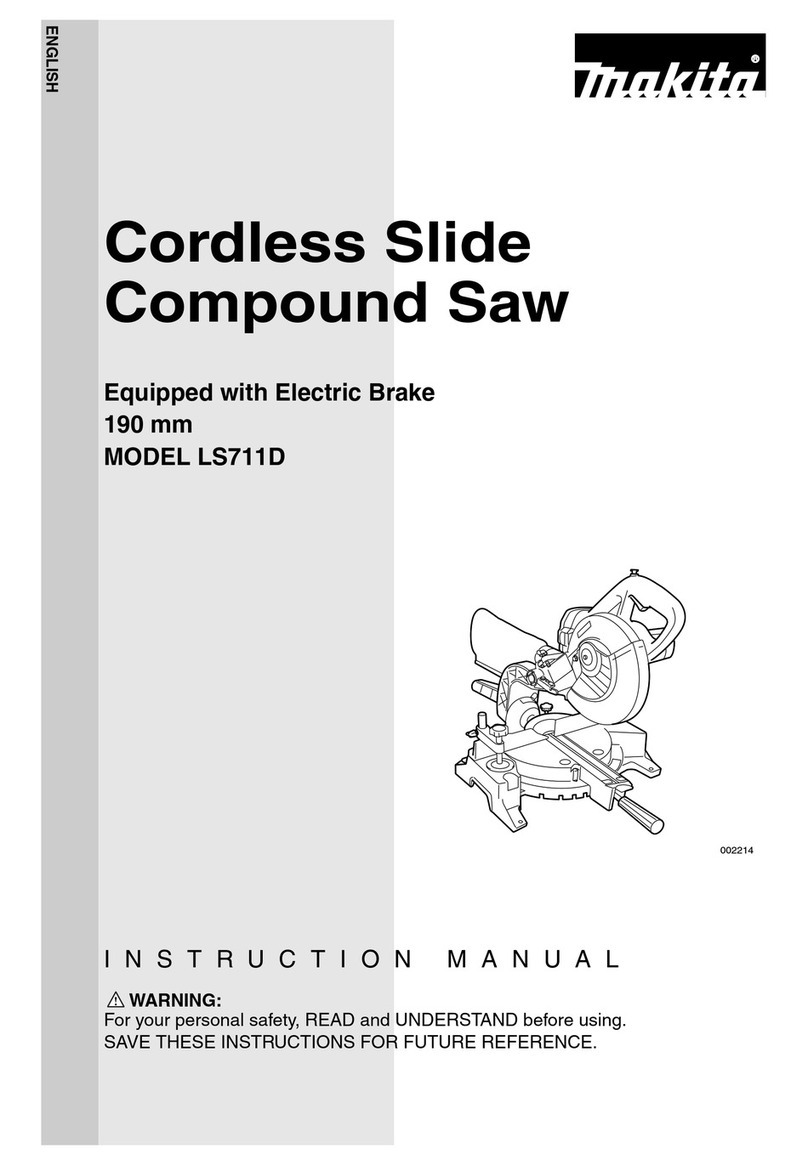
Makita
Makita LS711D User manual
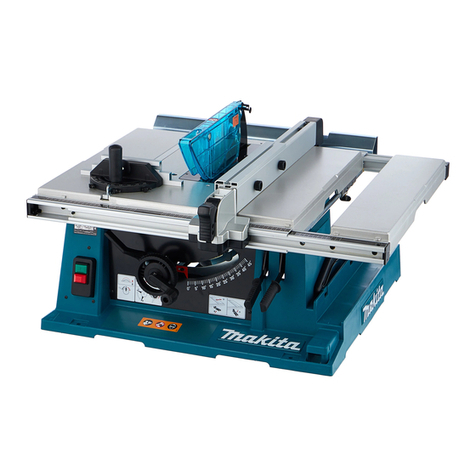
Makita
Makita 2704 User manual

Makita
Makita 5402 User manual
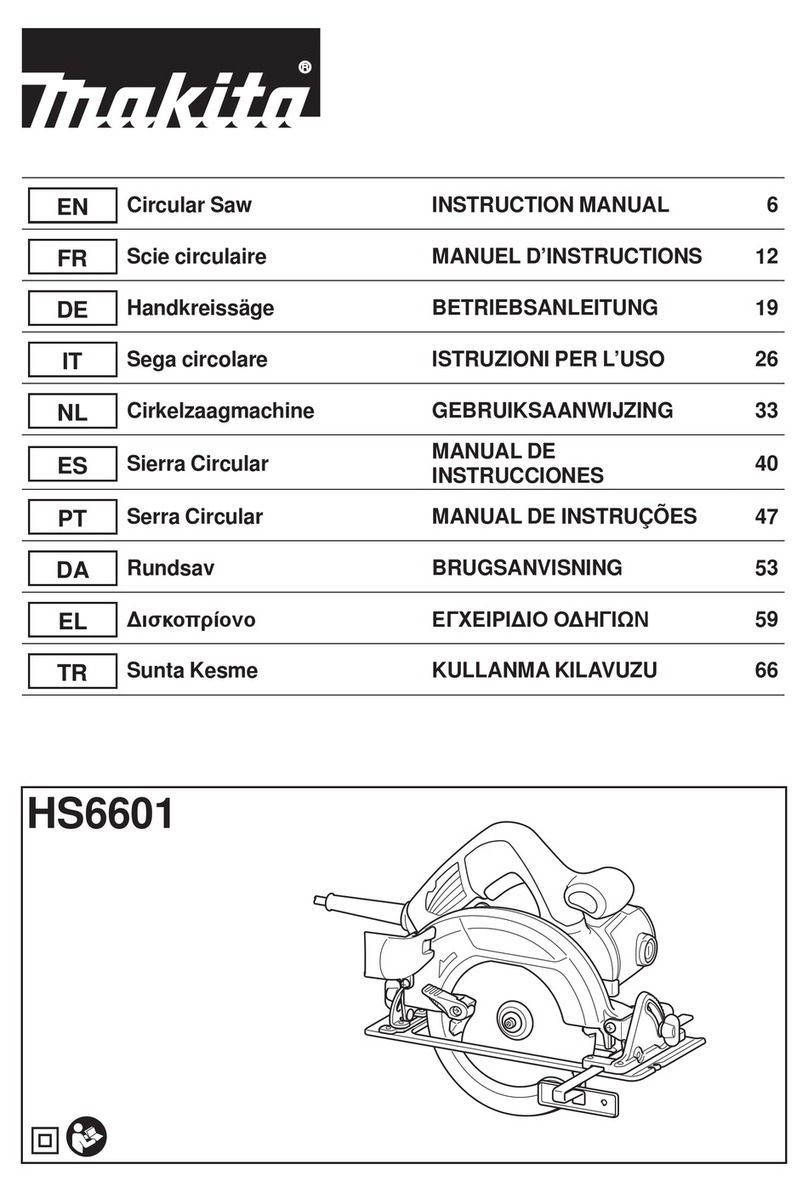
Makita
Makita HS6601 User manual
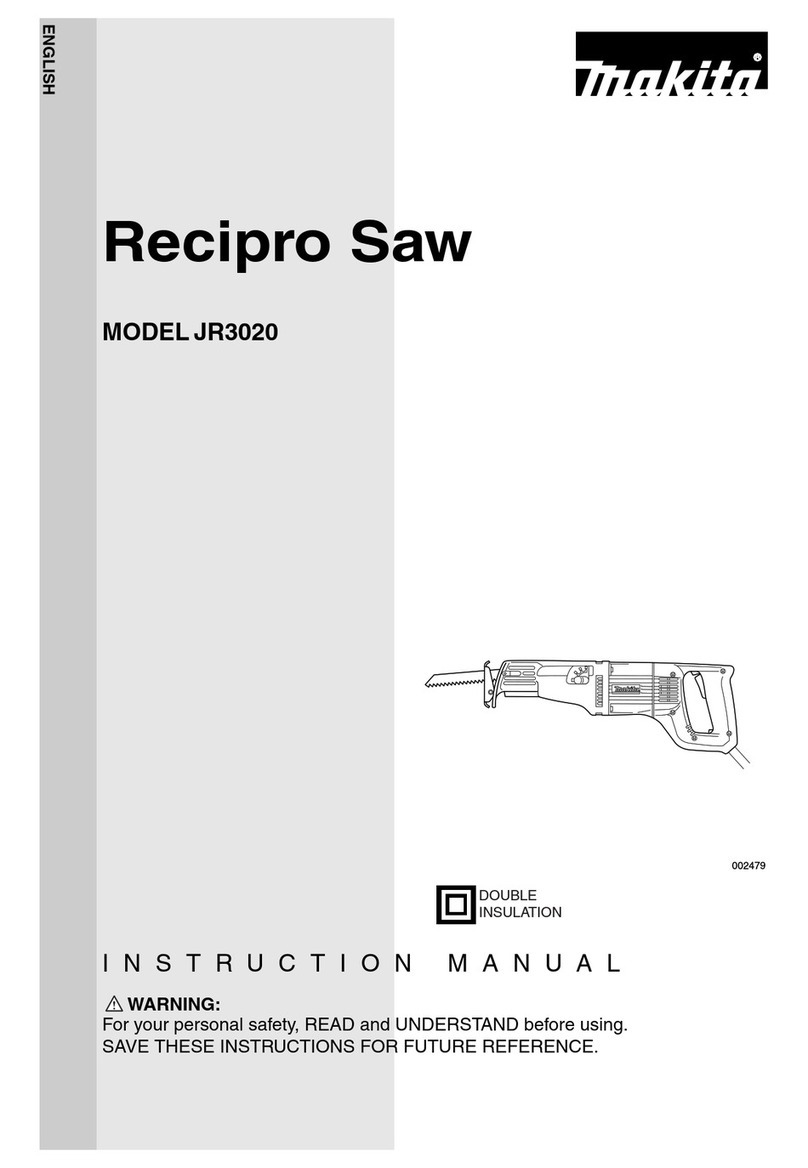
Makita
Makita JR3020 User manual

Makita
Makita M4500 User manual

Makita
Makita 2704 User manual

Makita
Makita DJR189 User manual
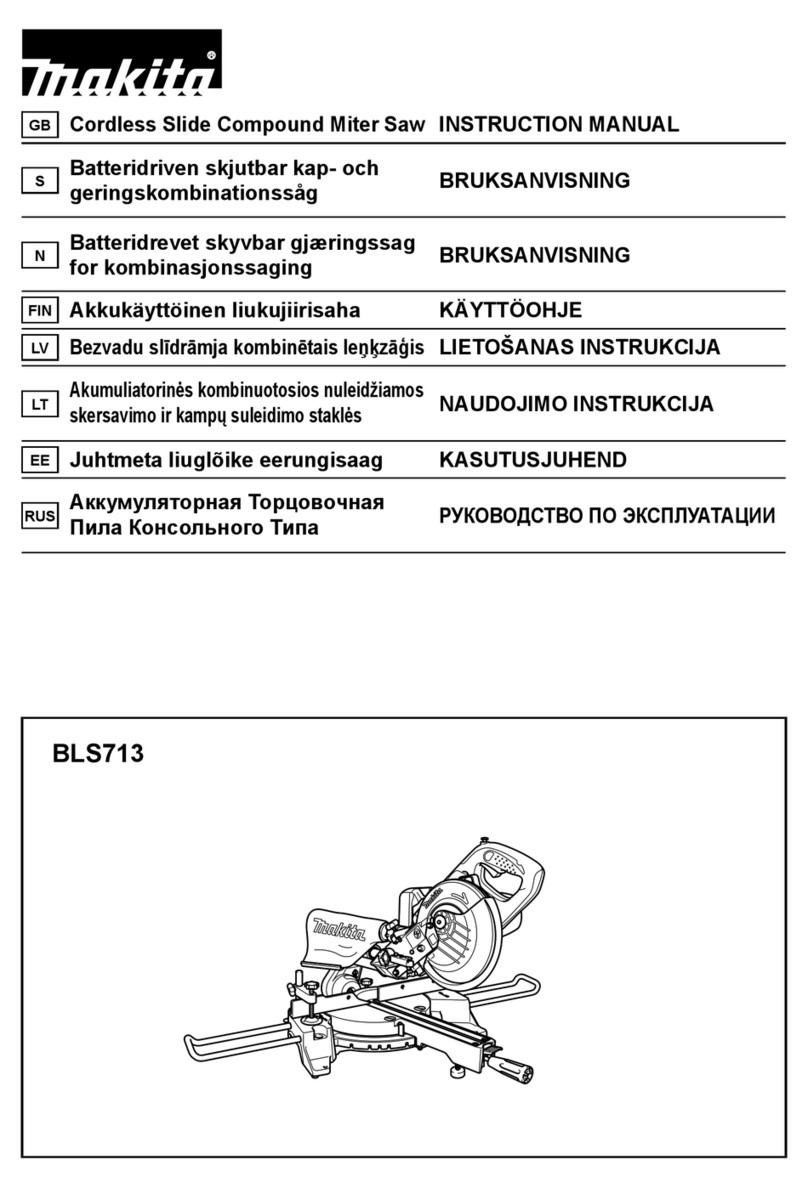
Makita
Makita BLS713 User manual
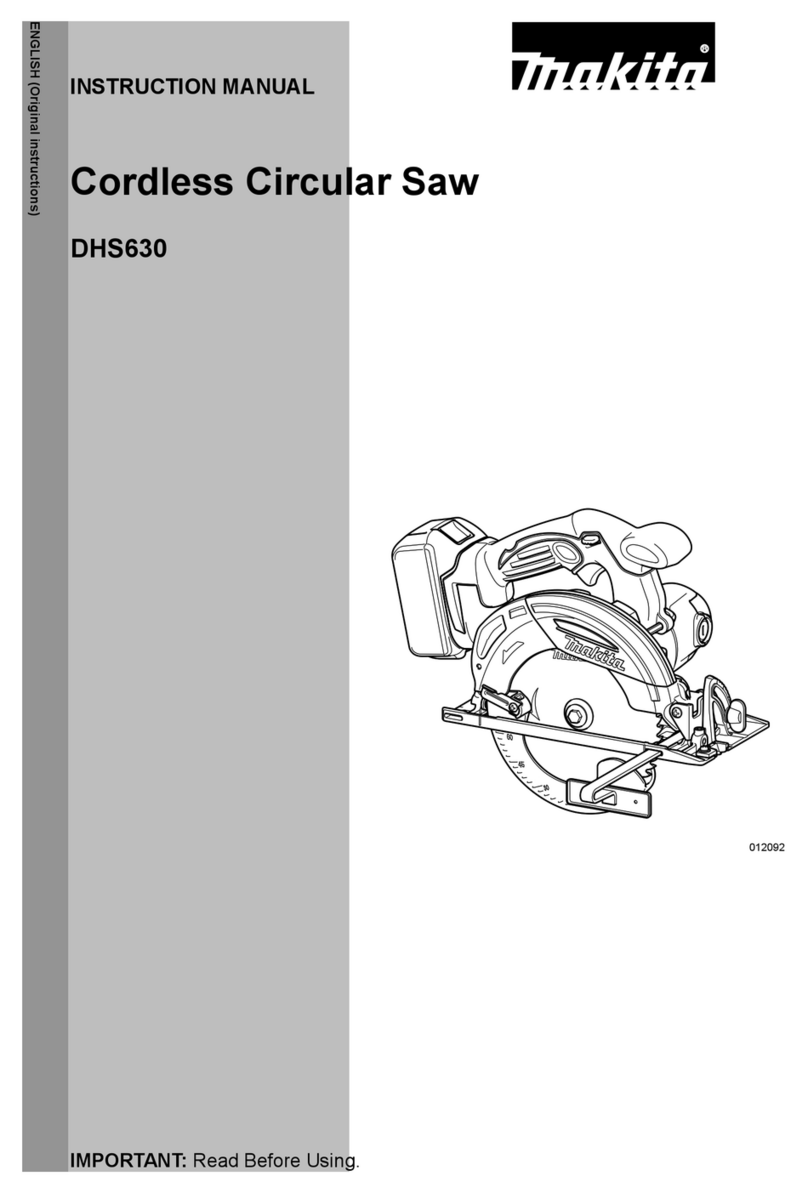
Makita
Makita DHS630 User manual
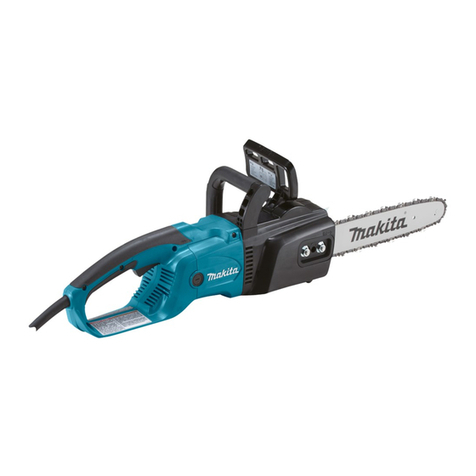
Makita
Makita UC3050A User manual

